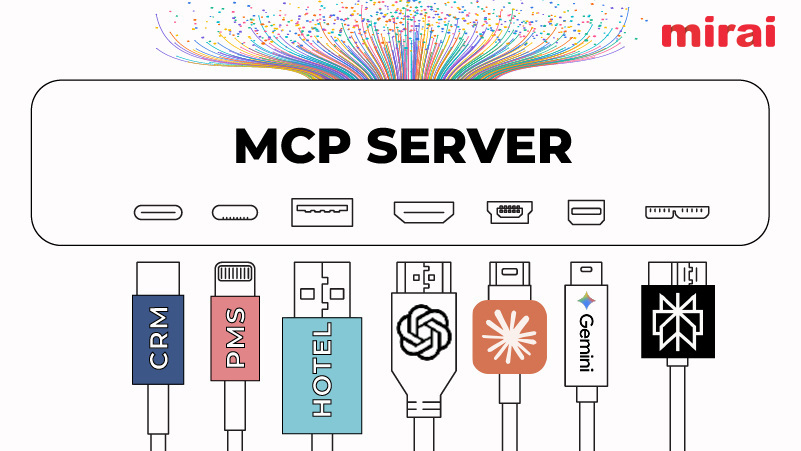
You already know it’s important to implement strategies, track and analyse data, and tweak your approach to build revenue for your hotel. But where is the right place to start? You need to know what to measure.
NB: This is an article from SiteMinder
Here are seven metrics that will help guide good decision making at your hotel.
1. Occupancy rate
What is your occupancy rate on any given night? To know this, you must know how many total rooms you have, how many rooms are empty, and how many rooms are booked. Divide the number of rooms that are occupied by the total rooms that are available to determine your occupancy rate as a percentage.
When you make it a habit to do this type of data tracking over time, you can see how well you are doing over the course of the season, track month-over-month performance, and see how your hotel marketing and advertising campaigns are affecting your occupancy levels.
2. Market penetration
When you know your occupancy rate, you can compare your occupancy rate to your competitors and check how you’re performing in your select niche.
Divide your hotel’s occupancy rate by the rates for your top competitors. Once you know how you’re positioned within the market, you can adjust your marketing to entice customers to book with you instead of your peers.
3. Average rate index
The average rate index shows you whether your rate is fair, above average – or below average. It’s recorded by comparing your average recurring revenue with that of your competitors.
Knowing this data can help you decide whether to adjust your rates to increase bookings or attract lower occupancy but higher revenue, as it’s not always ideal to operate at 100% occupancy.
4. Average length of stay
Intuitively, you understand that it costs more to serve five one-night reservations than one five-night reservation. You’re turning over the room in between stays.
When you know how long are guests staying at your hotel, you can see how other hotel metrics are affected by length of stay. During a period of low-night stays, you might increase profits by increasing the price per night.
5. Revenue generated index
The average nightly rate and market penetration let you compare your profits to those of your peers, but the revenue generated index takes a more holistic look at this. It compares your revenue per available room to the average in the market.
By looking at your rates and market penetration, you can see if you’re stealing guests from your competitors at the expense of a lower nightly rate and less overall income, or if you’re actually doing better than your compset in terms of revenue flow.
6. Website conversion rate
These days, most guests book online – either through your website or through an online travel agent. Since online travel agencies take a cut of each reservation, you’ll increase revenue by increasing the conversion rate on your own website.
You can help drive additional traffic to your website by using a website builder designed specifically for hotels, creating valuable content for travellers, and optimising search engine optimisation.
7. Marketing cost per booking
How much are you spending on marketing, and what’s the marketing cost per booking?
Divide the total marketing spend in a given period by bookings to see if you’re getting enough return on investment. If it’s low, a new approach is in order. Maybe you need to spend more or less on social media, search engine marketing, or video branding.




